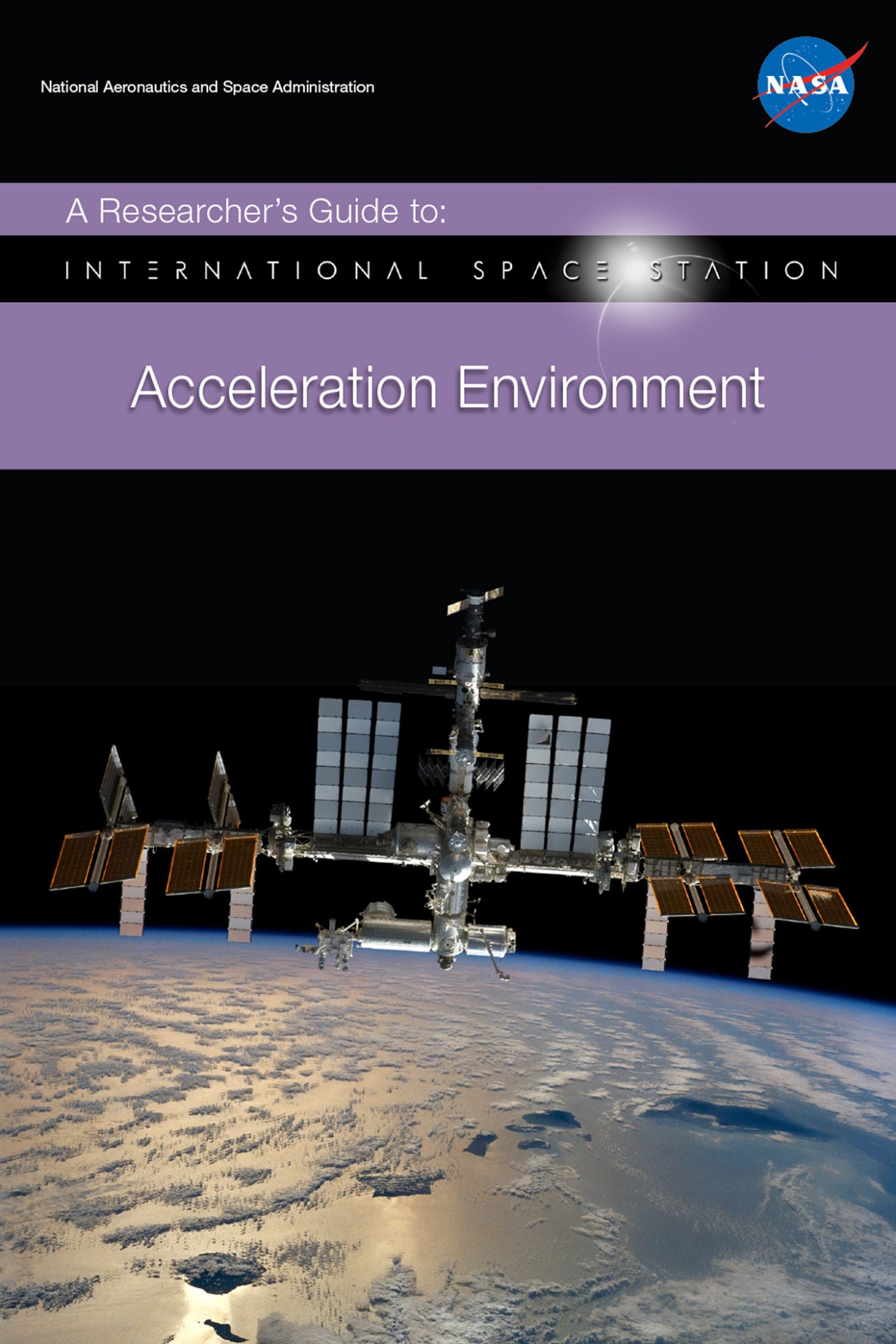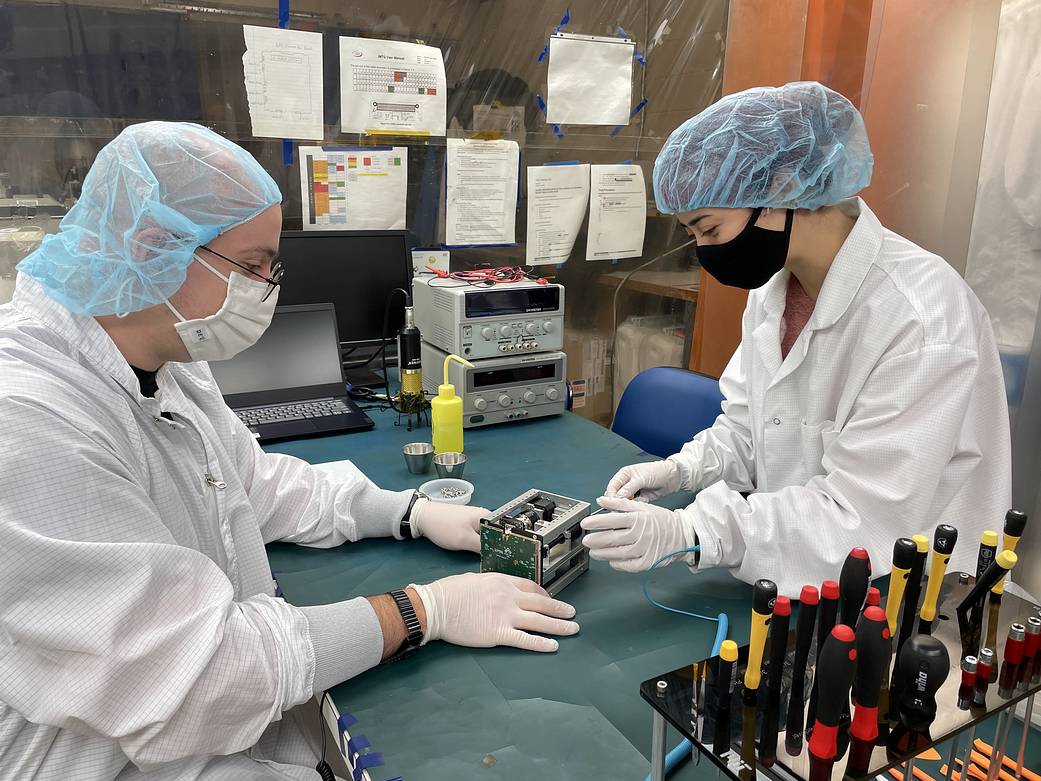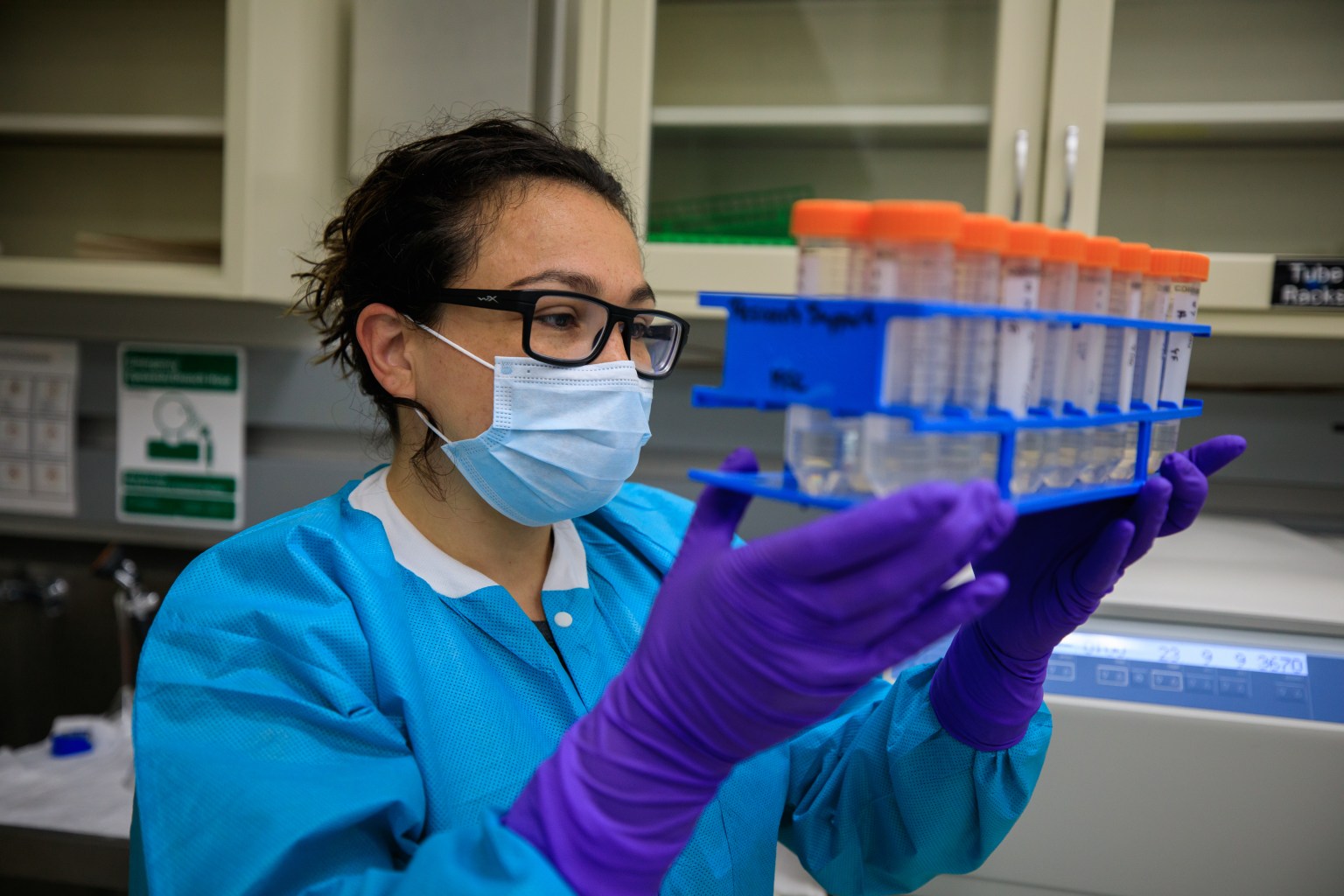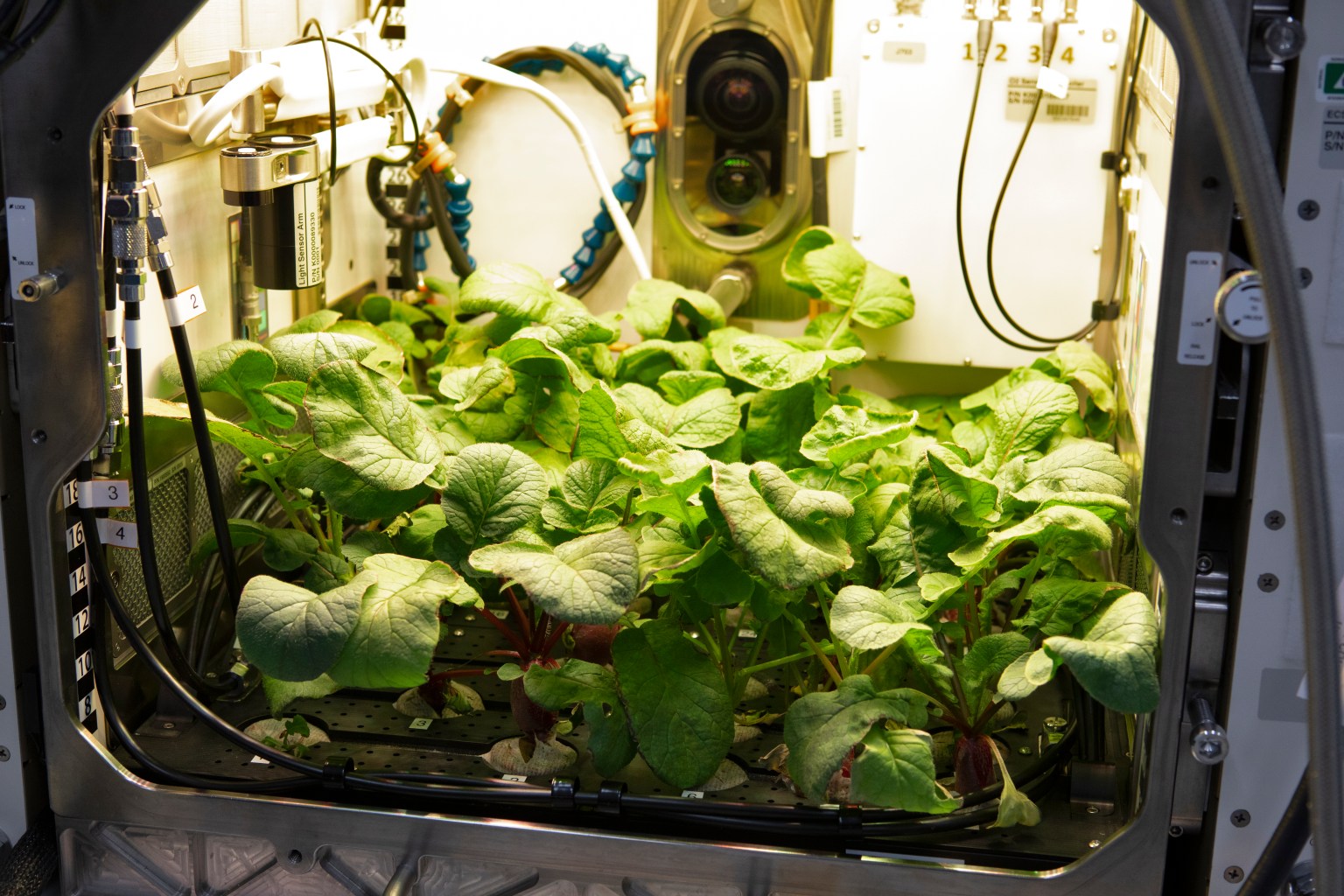November 2015 Edition
By Kevin McPherson, NASA Glenn Research Center
Kenneth Hrovat, ZIN Technologies and NASA Glenn Research Center
Eric Kelly, ZIN Technologies and NASA Glenn Research Center
Jennifer Keller, ZIN Technologies and NASA Glenn Research Center
The acceleration environment of any orbiting spacecraft such as the International Space Station (ISS) is not truly “zero G.” Vehicles experience accelerations from a variety of sources, such as pumps, thrusters, atmospheric drag, fans, rotational forces and others. These accelerations are often referred to as “disturbances” because they can introduce undesired effects.
The ISS acceleration environment reveals a broad spectrum of vibrational frequencies, ranging from the quasi-steady regime through the relatively high-frequency, high-magnitude vibratory regime. In addition, the transient regime is associated with brief and high-magnitude accelerations such as those introduced by a docking vehicle, thruster firing, or even crew activities, including exercise.
This Researcher’s Guide describes the various aspects of the acceleration environment, what services are available to assist in characterizing the environment and obtaining data regarding disturbances. It also describes support services available to researchers.
All eBook readers: EPUB [4.8 MB]
PDF readers: PDF [3.5 MB]































